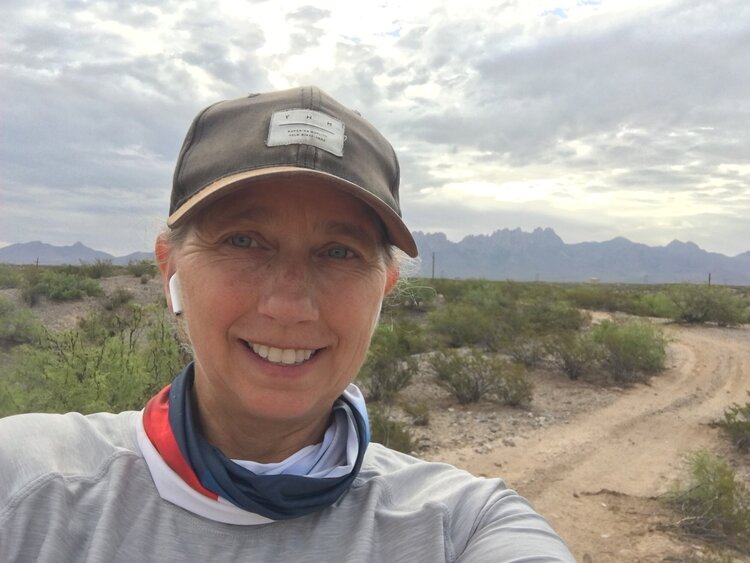Reducing plastic waste by providing water bottles for all students.
“Oh my goodness! I made the best cookies I’ve ever made last night!” A 17-year-old teenage boy jumps up and down and squeals with excitement continuing, “Dr. Markham you’ll be so impressed”. My laughter is suppressed but a huge smile emerges. His utter delight is absolutely precious.
“My Mom and I made the best carrot cake ever!” claims another as she proudly places down her cake and cupcakes on the table.
The baked goods pour in and students, with great pride and excitement, place their items on the table. Teachers have also generously contributed and they gingerly position their goods. They are more critical of their own donations, always “confessing” how they might have “cheated” on the recipe. They are reminded that the only requirement was “organic” and they walk away smiling as they have, indeed, met that requirement.
We sell from 8:00 – 8:20 and then again during the break from 9:50 -10:00. We are surprised that our little effort has already generated nearly 100 Euros. Elementary and Secondary lunch brings us close to 200 Euros and then the after school time slot generated some more, to be counted for a final tally on Monday. For our small school with a student body of under 200 students (Pre-K through 12th), we were thrilled with these results.
Along with our raffle in the spring, we’ve very likely raised the needed funds to provide a water bottle to all 1st – 12th graders, eliminating the need to purchase water bottles and significantly reducing plastic waste at the school.
Our entire Green Group is elated with this progress thus the momentum for our “Going Green” initiative is building. A good strong group of students who are truly passionate about being green and who are eager to be involved in every way invigorates me.
So, what was needed for our successful organic bake sale?
- A good cause – I think it helps that is was for a local, school cause.
- Eager student and teacher bakers (all of our Green Team participated and I sent out an email inviting all staff to participate)
- Sharing of ideas where to purchase the organic ingredients (thankfully, in the Netherlands that is easy)
- Approval from the admin and our cafeteria manager
- Request for tables from our Facilities Department
- A cash box with some change
- Student volunteers and one teacher per selling session
- A camera to document
- Email notifications to staff and parents
- A blurb in our morning announcements all week
- Posters (made from paper from the recycling bins, of course!) advertising the bake sale and it’s cause
- A price list
Why am I always surprised by the amount of work these events puts on us, the involved teachers? Of course, this feat was pulled off with the help of four teachers other than myself (not including teacher bakers). It felt like my entire day was spent at that bake sale with breaks to go teach my students. Not to mention the preparation meetings with students, emails, reminders, and general foot-work.
It’s worth it though. It’s marvellous to foster a passion in students and to see them awaken in their success. Thus, don’t be discouraged when faced with the workload of “a good cause” because you’re cultivating caring, arousing awareness, and stimulating independence. And truly, it IS worth it.


